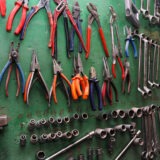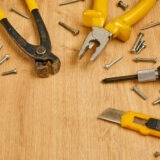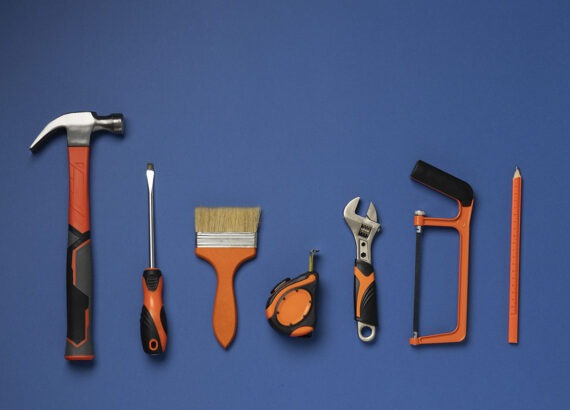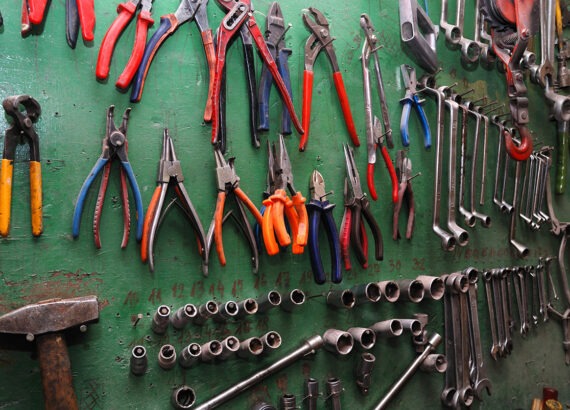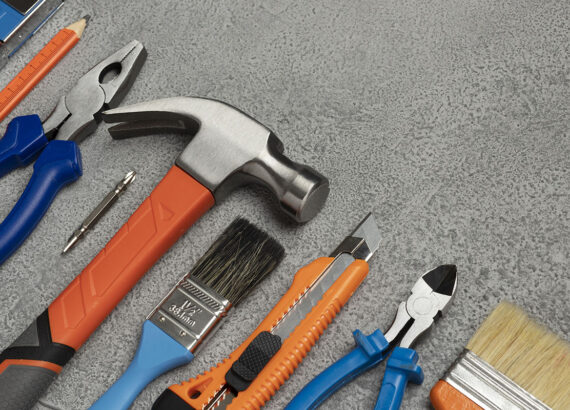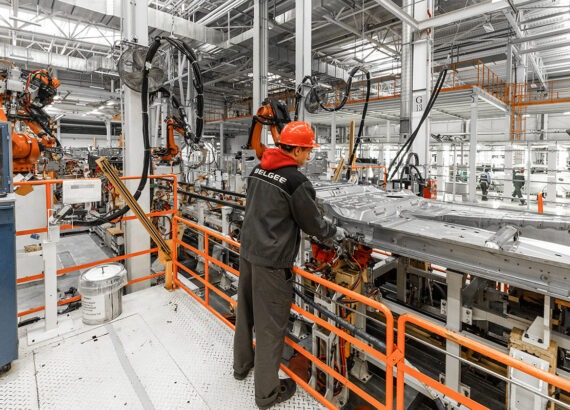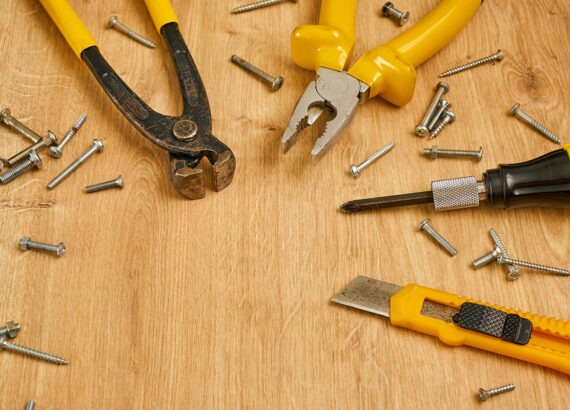How to Store Your Tools Safely and Efficiently At Home
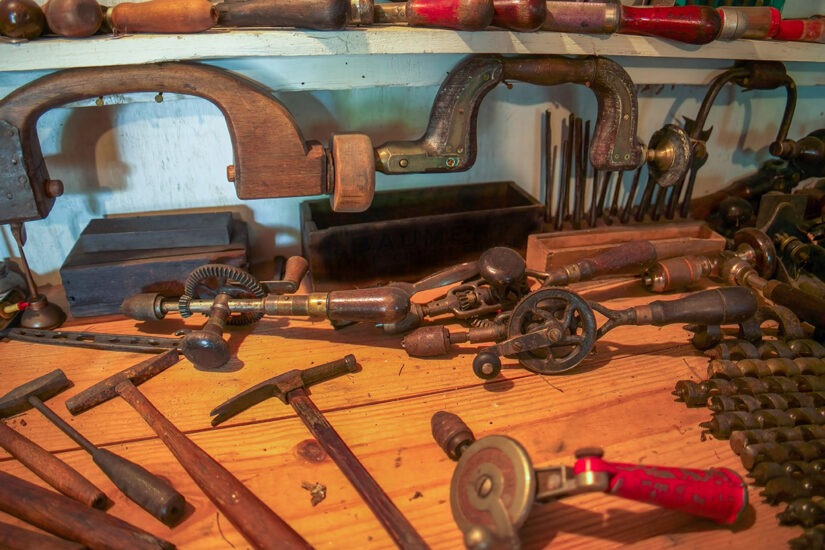
Tool storage is useful for every person that has a house and wants to keep his things in order. For occasional users of various power tools or professionals working on construction site, proper storage and implication of tools results to increased efficiency, durability of the tools within the prescribed time, and prevent mishaps. Below is a complete guide to help you store your tools in the right manner and in the best place you have at home.
1. Remove all unnecessary items and separate your equipment by their use.
There is nothing more important when planing storage system than organizing your collection beforehand. Toss out all those spoons or forks that are either rusty or have been gathering dust in aback cupboard for ages. It is possible to classify tools depending on the use, for example hand tools, electric tools, or hardware, anchor fasteners among others. It helps to make an actual and quick choice and does not create confusion if you require a particular tool.
2. Select Wise Storage Tools
Buyers should ensure that they get the best storage solutions for their tools to ensure they are safe and well maintained. Some popular storage solutions include:
• Toolboxes: Perfect for small tools and accessories to make transportation of the items easier and easier to sort them.
• Wall-mounted Racks: This can be a great way to save floor space that may otherwise be used to store tools on shelves; pegboards and magnetic strips are effective in this regards.
• Shelving Units: It fits perfectly when you want to store large tools or power equipment that need to be supported.
• Drawers or Cabinets: These are ideal for holding tools that should be shielded from dust as well as moisture.
For items such as Anchor Fasteners used in construction that can be bought from a reputable Anchor Fasteners manufacturer in India should be stored in trays with labels on the container.
3. Keep It Dry and Clean
Tools are easier to rust and Corrosion especially when exposed to humid environments. _requested to be kept away from water sources as well as areas with damp walls. When the storage area you have is prone to humidity, it is wise to bring in moisture absorptions and/or dehumidifiers into the storage area for better regulation.
4. Take precautions of Protective Covers and Cases
Tool pouch or tool box covers protect tools from dust and other forms of damage or harm. Precise instruments such as wrenches or every piece of equipment to measure should have cushioned storage holders to avoid abrasion or misplacement of tools. When buying hardware tools in cyber market ensure that the tools come along with storage cases for ease.
5. Label Everything Clearly
They’re handy in a way that you can’t even understand when you’re in the middle of a project looking for information that has been stored somewhere else. Lay written labels or tags below the drawers, cabinets or bins to explain what is inside. It is especially helpful for the purchase of small and relatively inconspicuous items such as screws, turn/bolt or carbine screws, and nuts or bolts for specific projects and the technically demanding equipment or hardware tools often of the finest quality.
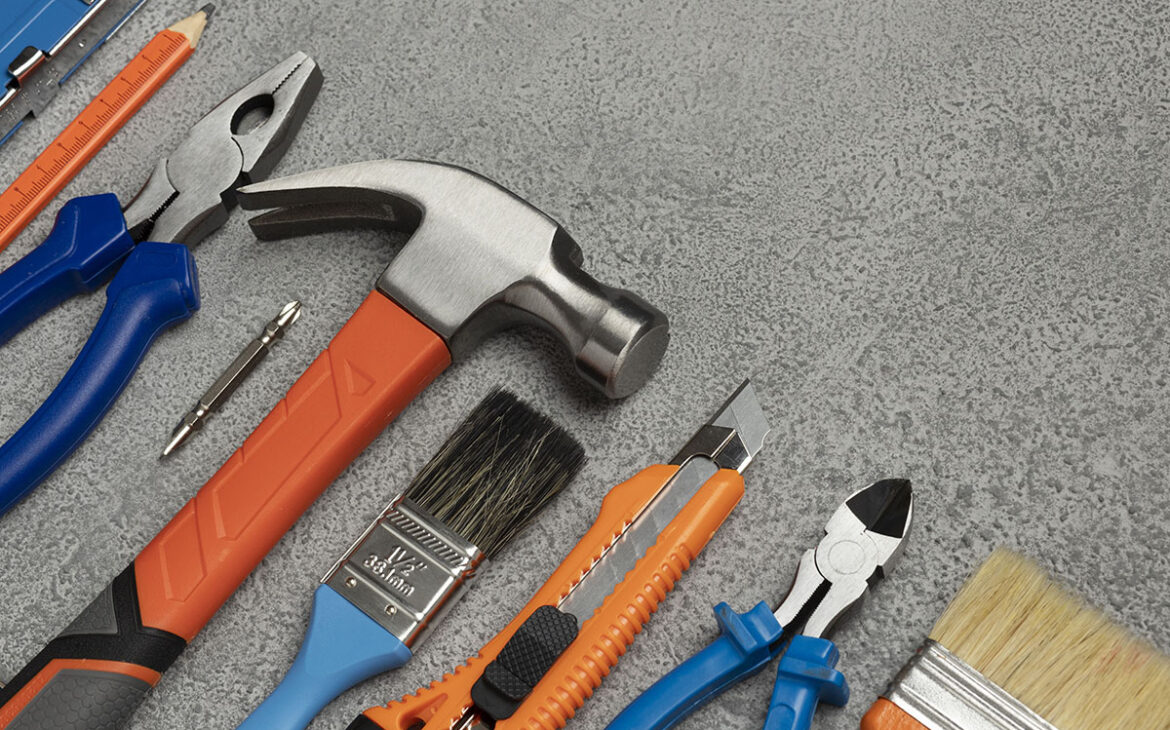
6. Secure Hazardous Tools
Perfect examples where children or pets may have easy access include blades or power tools. For example, where the items that are be stored cannot be accessed by everyone using the premises, the storage must be lockable cabinets or storage boxes. Also, power tools should also be disconnected from the power source and cleaned before packing for storage.
7. Keep Tools Easily Accessible
However, the arrangement of these aspects is important and so is the accessibility. Always place items that are most often used in convenient shelves while the ones that are rarely used you put at higher shelves or places that cannot be easily accessed.
8. Taking Time to Check Tools and Equipment for Wears and Tear.
Upon collection and return of tools, perform a check on whether the tools have either a damaged or worn out condition. Wash them regularly because you are likely to find them in a dirty state due to dirt, grease or debris. Maintenance does not only help make your tools safe to use but also helps increase the tools’ lifespan.
9. Maximize Vertical Space
If you have little space in your working environment, the use of vertical storage items like pegs, shelves, or hooks is wise. Apart from this, it also minimizes of on the areas on the floor while ensuring all your tools are well arranged and easily accessible.
Conclusion
Tool storage is not just picking a place to put your tools, but optimizing your workspace for safety, durability, and functionality. When following the above tips, you will be able to develop the right storage that will see your tools stored and ready for use in the best shape. If you are looking for tools and accessories of premium quality, tune in to Tunir—your go-to company for high- class hardware tools and options.

